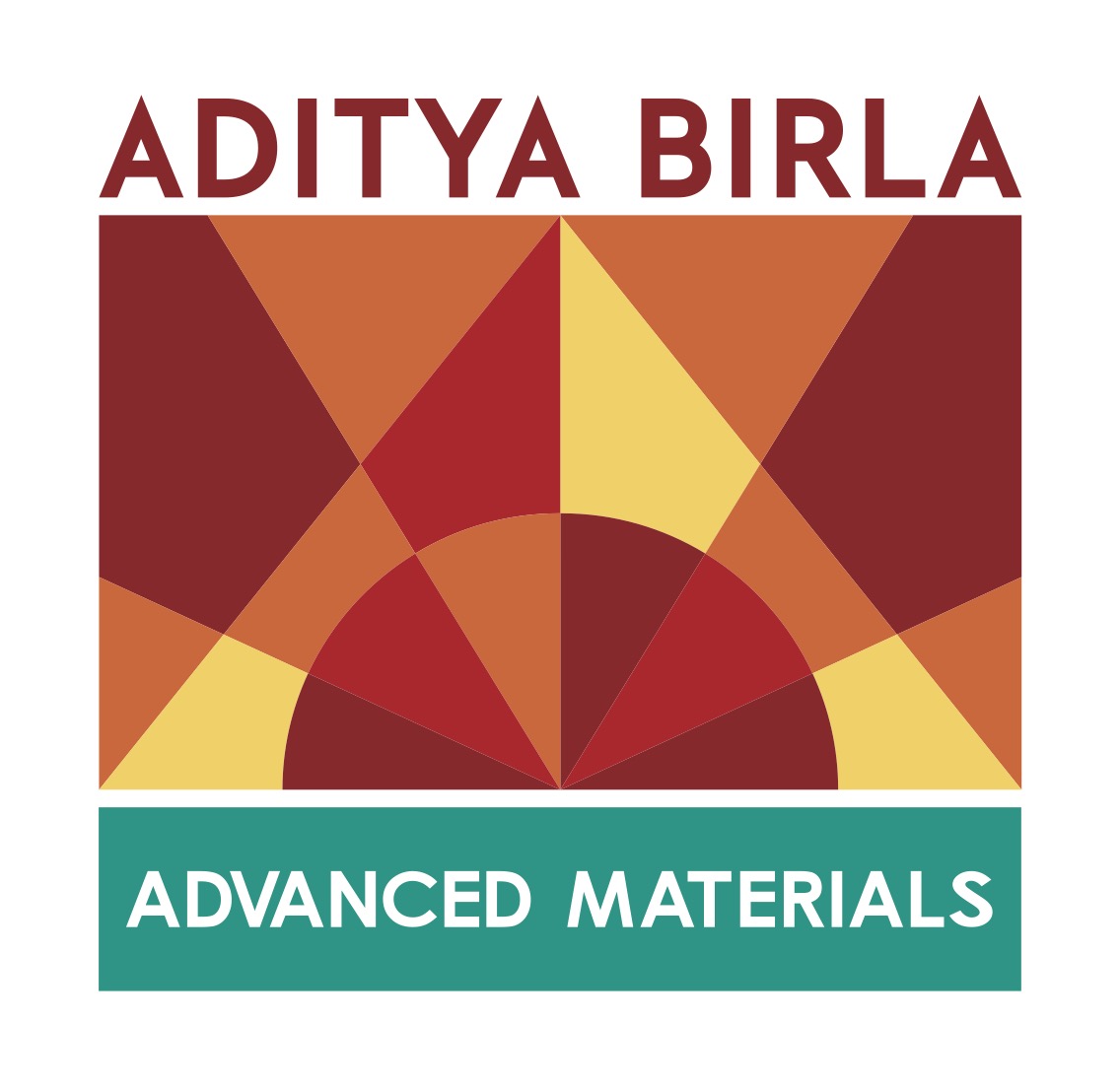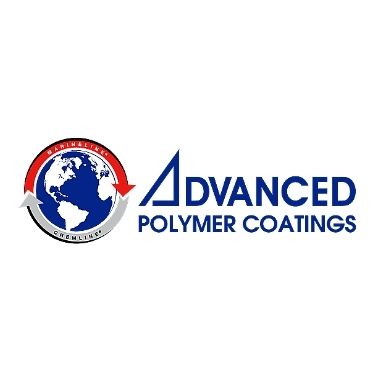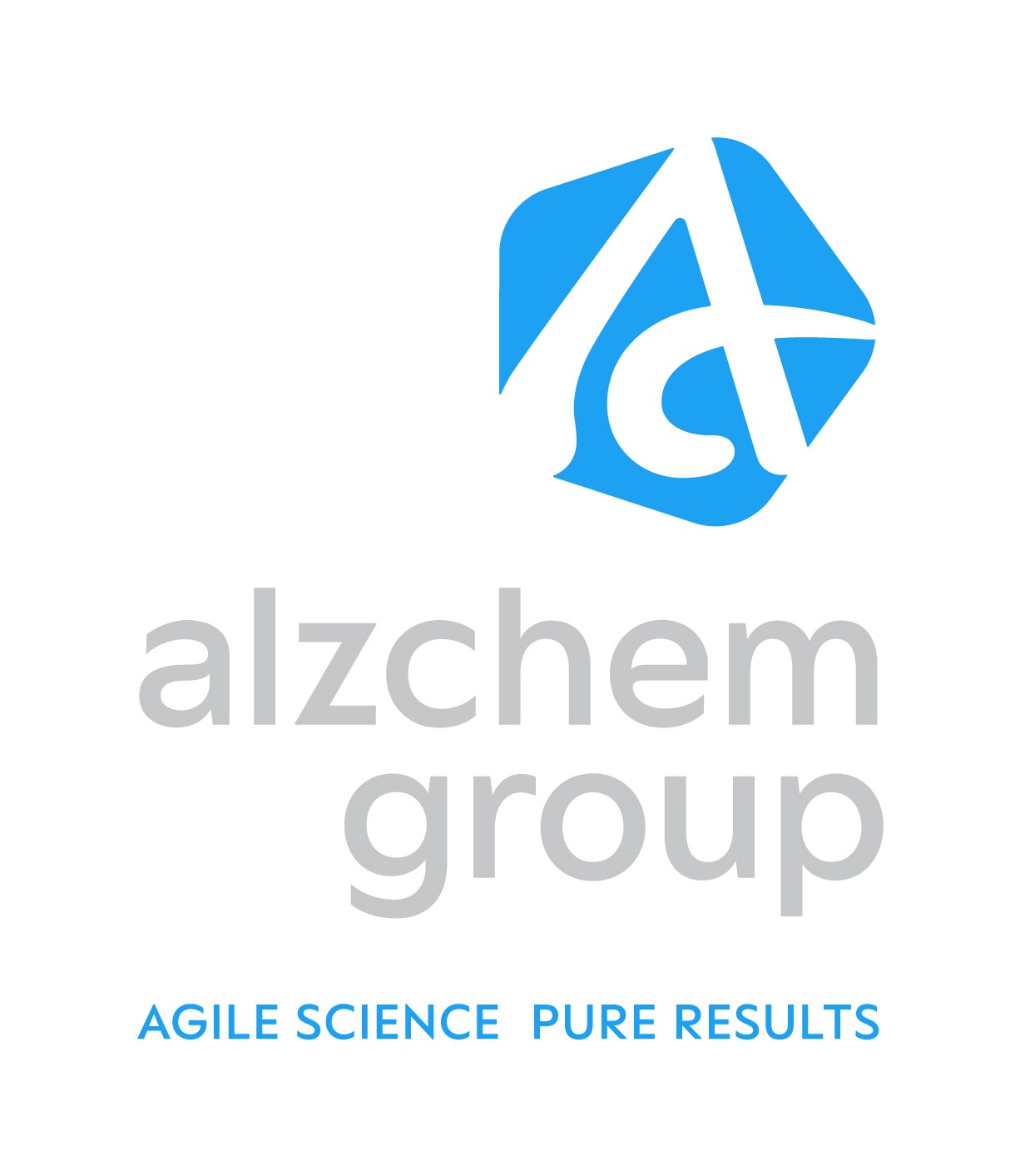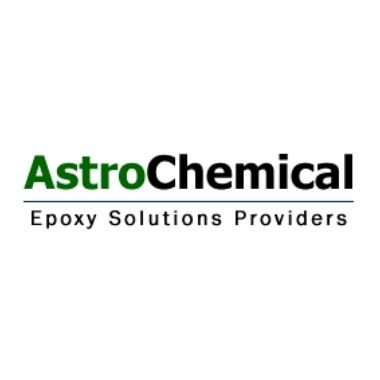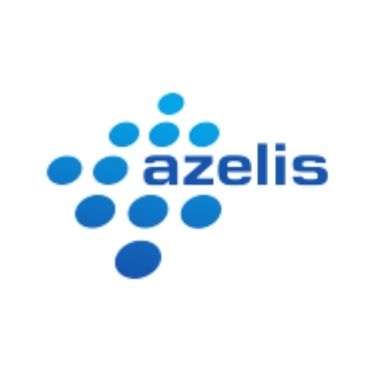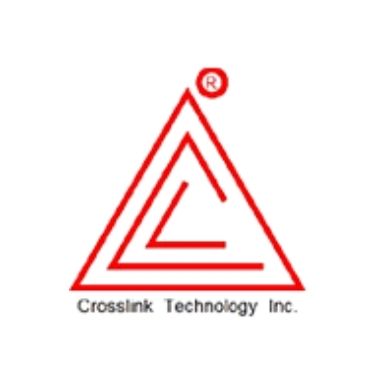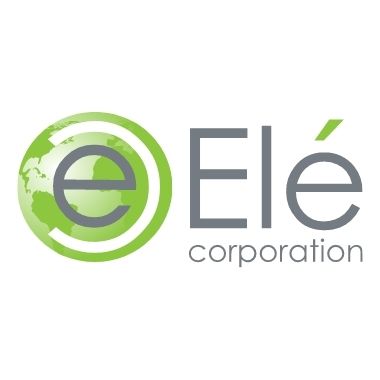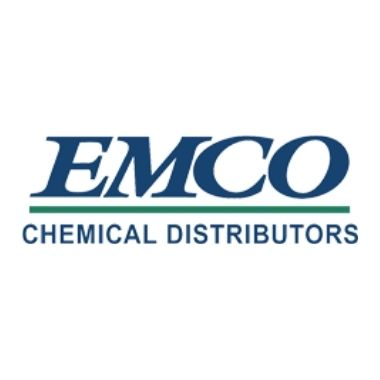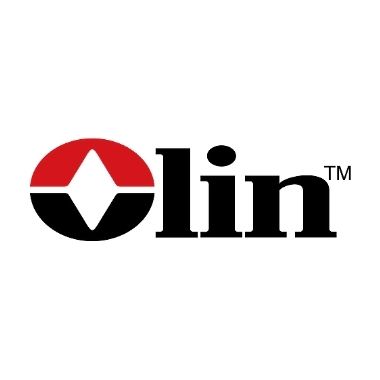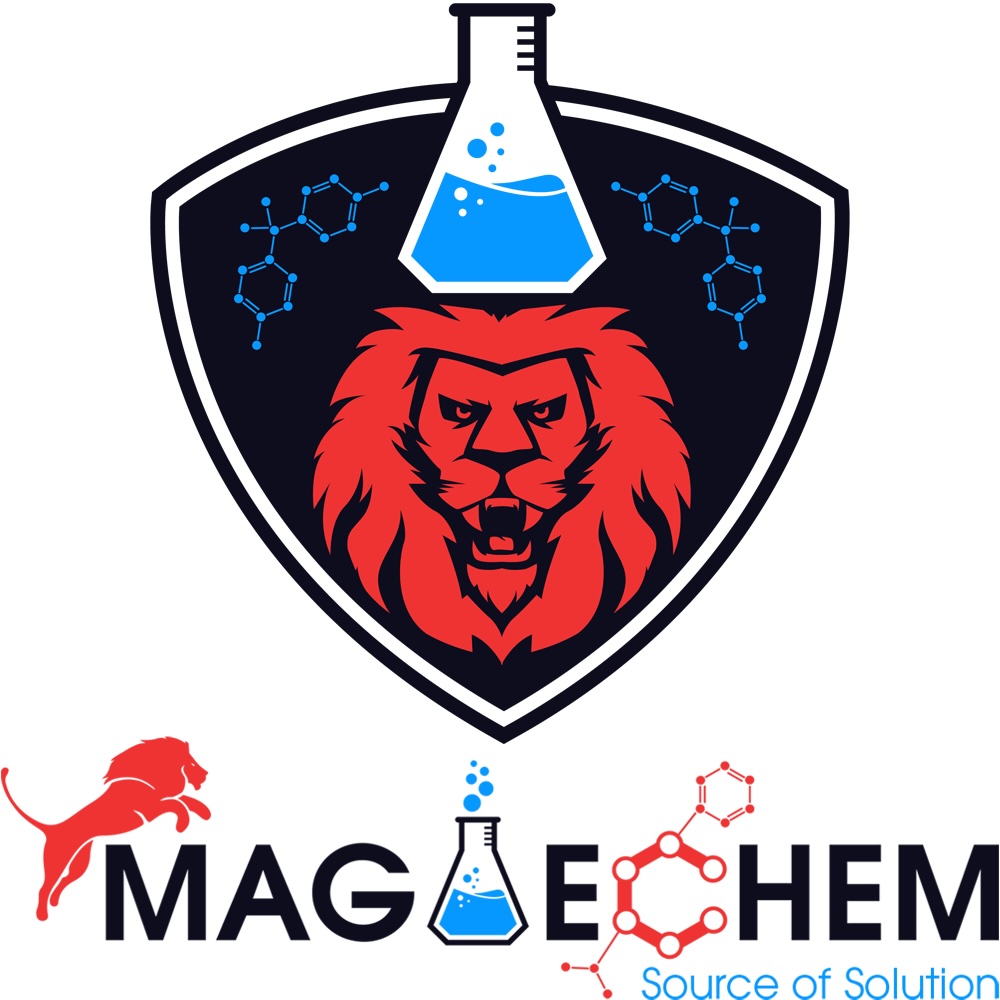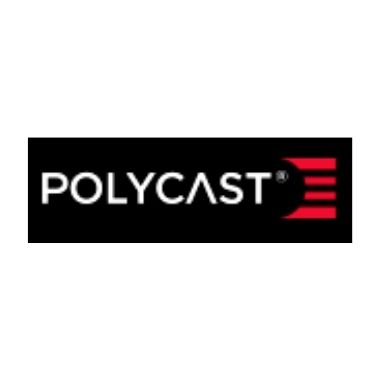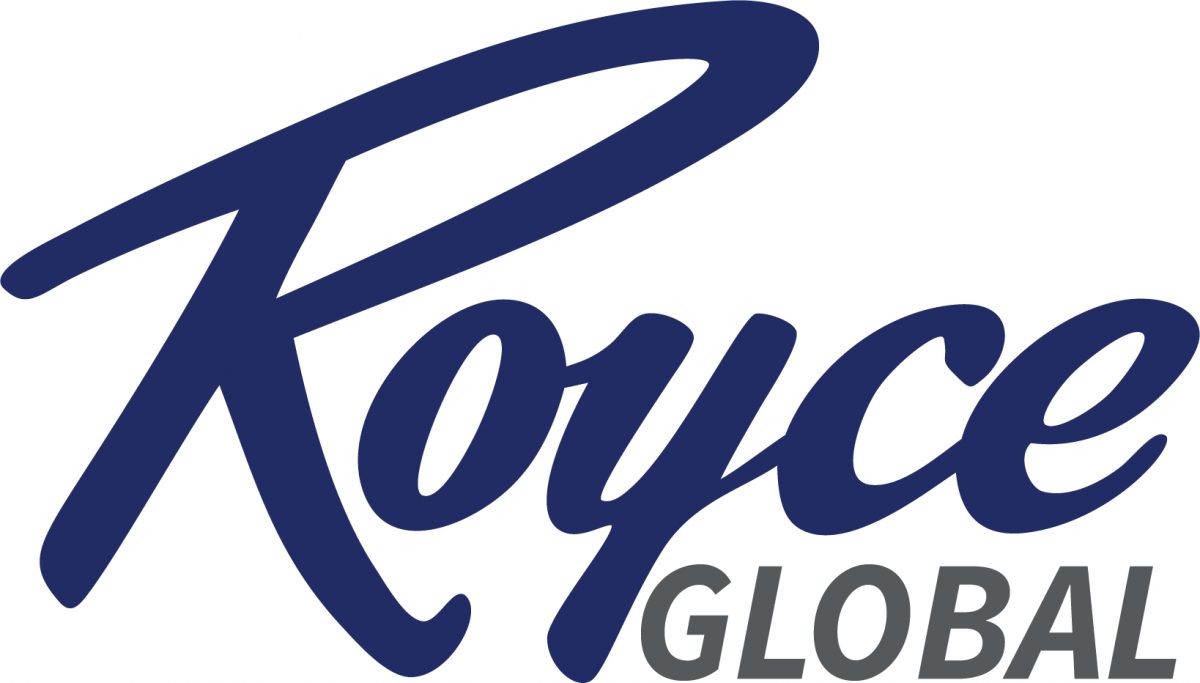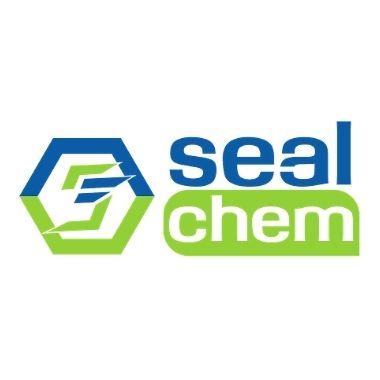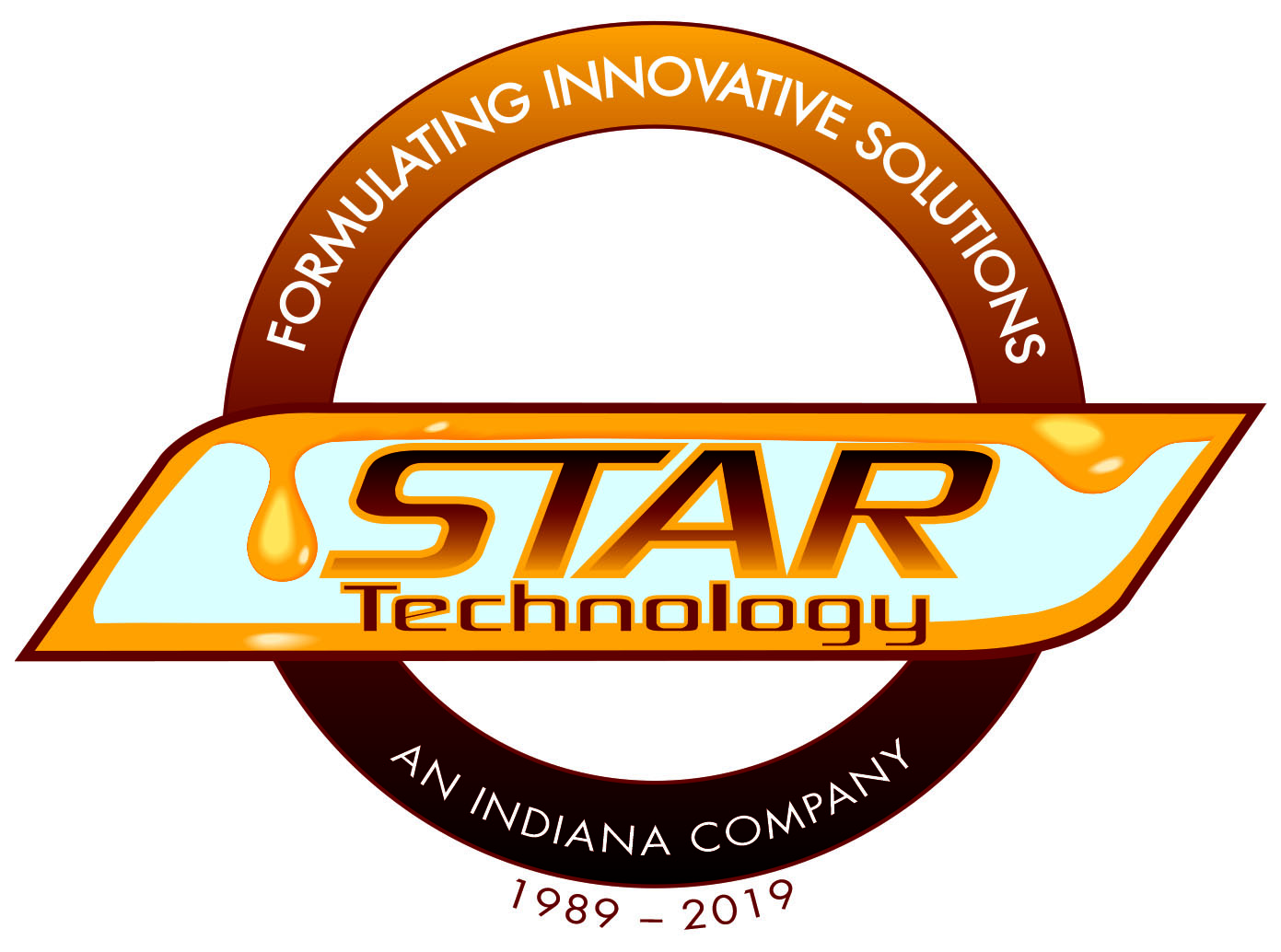2012 Annual Meeting Technical Papers
Note: Technical papers are listed in alphabetical order by company
CARBON FIBER COMPOSITES EMPLOYING NANO-SILICA FILLED MATRIX RESINS
Steve Hackett, 3M
(Composites & Tooling Committee)
Fillers have been used in thermosetting resin systems for years due to their ability to improve the physical properties of the cured resin. Composite matrix resins could benefit from some of these improvements, but fillers are often difficult to process in composite matrix resins due to their size and interaction with the fiber reinforcement. Epoxy nanocomposite matrix resins filled with spherical silica particles offer similar performance benefits, but because of their small size are much more readily processed in composite manufacturing. The effect of silica concentration on neat resin properties and the resultant composite properties will be described.
CURING AGENTS FOR THERMOSETTING EPOXY RESINS - CLASSICAL AND NEW ONES
Dr. Martin Ebner, AlzChem AG
(Composites & Tooling Committee)
Two types of curing agents are well established in the thermosetting epoxy resin industry. Modified liquid amines are mainly used in two-component systems with rather short pot life but high reactivity even at room temperature. So their main applications are in the fields of construction products and in glass or carbon fiber composites built via infusion or injection processes. On the other hand, high-temperature resin systems are usually based on catalyzed Dicy (Dicyandiamide) technology. The obvious advantage of catalyzed Dicy formulations is rooted in their very long pot lives (long latency) which makes them prominent for single component epoxy systems. The relatively high curing temperatures can be in part compensated through accelerators based on e.g. Imidazoles or Urones. Dicy-based epoxy formulations are mainly used in glass or carbon fiber high-quality Prepregs used for all kinds of applications throughout the composite industry where high mechanical strength (Tg) and good chemical resistance is a must. A new class of curing agents was recently developed which comprise the advantages of the Dicy technology and being liquid curing agents, they can be used in infusion, injection as well as Prepreg processes.
DEFOAMER MECHANISM AND SELECTION PROCESS
John Du, BYK USA
(Adhesives & Sealants Committee)
Foam can be characterized as an extremely large interface of gas and liquid, that always involves the incorporation or “encapsulation” of a gas (generally air) within a liquid. In environmentally friendly coating systems, especially water-borne, the viscosities and interfacial tension parameters pose atypical challenges that may not occur in conventional solvent-borne coatings systems; uncontrolled foam can pose special problems for formulation, production, application, and performance. New defoamer technologies have been systematically developed to alleviate foam problems in modern coating systems. An introduction to defoamers and air release agents is presented within the context of advanced chemical structures and the defoaming mechanisms. Discussions emphasize cost control measures along with proper additive selection criteria, test methods, and performance measurement techniques to obtain the required balance of controlled incompatibility.
HYPERBRANCHED POLYMERIC PIGMENT DISPERSANT FOR EPOXY SYSTEMS
Janos Hajas, BYK-Chemie GmbH
(Coatings, Civil Engineering, Flooring Committee)
A new hyperbranched polymeric dispersant has been developed for pigment and filler dispersion in liquid epoxy resins. The amine-type pigment affine groups may normally react with the epoxy groups, resulting in undesirable viscosity increase and gelling during storage. The new hyperbranched structure, however, builds up a steric hindrance around the aminic groups, so that a chemical reaction with the epoxy groups is impossible. Pigment dispersion results in various liquid epoxy resins will be highlighted. Suggested applications are in color epoxy formulations for better color strength and color reproducibility, and in high filler load formulations for viscosity reduction while maintaining excellent viscosity stability.
CHEMISTRY AND PERFORMANCE OF SPECIALTY EPOXY RESINS, A REVIEW
Mike Watkins, Dixie Chemical Company, Inc.
(Coatings, Civil Engineering, Flooring Committee)
BPA-based epoxy resins overwhelmingly dominate the formulation of epoxy systems. Performance and economics drive this predominance. However, non-BPA specialty epoxies have important roles in formulating coatings with performance properties that cannot be achieved with BPA-based resins alone. The structures, performance, and roles of these specialty epoxy resins are examined here.
HIGH-PERFORMANCE EPOXY RESINS WITH IMPROVED PROCESSING CHARACTERISTICS AND THERMAL RESISTANCE
Rui Xie, The Dow Chemical Company
(Adhesives & Sealants Committee, provided by Composites & Tooling Committee)
Epoxy composites have been used in many applications due to superior mechanical strength and thermal stability. For some high-end applications in oil and gas, electrical laminates, aerospace, and transportations, epoxy thermosets of higher thermal resistance are required, primarily due to the need to sustain harsh application environments and/or processing conditions. High Tg thermosets are often achieved via the use of multifunctional specialty epoxy resins that are solid or semisolid at room temperature. The high viscosity of these resins often results in added difficulties in the fabrication of epoxy composites. In this paper, low viscosity and high thermal resistant epoxy resin compositions were developed. Epoxy systems based on the compositions demonstrated significant improvement in processing characteristics, as evident by improved liquidity and reduced viscosity of the formulations at room temperature. In addition, a 10˚C to 30˚C increase in glass transition temperature was observed for both amine and anhydride cured epoxy thermosets. Potential applications of these resin compositions were discussed.
DEVELOPMENT OF A NEW LOW EMISSION EPOXY CURING AGENT FOR AMBIENT CURE APPLICATIONS
Dr. Rajesh Turakhia, The Dow Chemical Company
(Coatings, Civil Engineering, Flooring Committee)
Over the past few years, government regulations and market trends are pushing forward for more environmentally-friendly solutions and products with higher performance. As a result, innovative epoxy systems have been rapidly advancing to answer these market needs. This presentation will provide an overview of novel technology related to low emission epoxy curing agents and will share key results pertaining to process and performance applications. Epoxy curing agents offer excellent performance and environmental benefits for ambient cure applications. The combination of low cost and outstanding performance in terms of mechanical strength, chemical resistance, corrosion protection, and excellent adhesion to substrates make them very desirable for applications related to different market segments.
NEXT GENERATION POLYSILOXANE HYBRIDS
Gerald L. Witucki, Dow Corning Corporation
(Coatings, Civil Engineering, Flooring Committee)
During the last decade, silicon-based materials have grown from niche utility to be viewed as a premier coatings technology for high-performance industrial maintenance paints. The demand for regulatory-compliant, differentiated coatings has spurred development in polysiloxane technologies. An extensive study has generated a new class of low viscosity, solventless silicone resins with amine functionality. Application data on thermal, weather, and chemical resistance demonstrates the potential utility of this new technology in marine and protective coatings and beyond.
NOVEL HIGH SOLIDS SYSTEMS BASED ON SILICONE-EPOXY RESINS
Christopher Howard, Evonik Industries, Coatings Additives
(Coatings, Civil Engineering, Flooring Committee, provided by Composites & Tooling Committee)
Silicone-Epoxy coatings are of increasing interest for the industrial, marine, and industrial maintenance markets due to their potential widespread applications. The epoxy component in the resin matrix offers the advantages of mechanical toughness and adhesion while the silicone component provides the coating with its hardness and UV stability properties. This paper will present an overview of the development of the silicone-epoxy systems which offer an environmentally friendly alternative to existing anti-corrosion coatings. In this study, novel coatings technology has been formulated on the basis of silicone-epoxy systems combining outstanding weathering resistance with excellent chemical resistance in a two-pack system. The use of silicone-epoxy resins enables the formulation of isocyanate-free coatings with a VOC content below 100 g/L.
EPOXY ADHESIVES FOR SEISMIC DAMAGE MITIGATION
David Dunn, FLD Enterprises Inc.
(Adhesives & Sealants Committee)
In view of the recent global damage to buildings, nuclear power stations, and industrial facilities caused by earthquakes, there is considerable interest in reinforcing structures to mitigate the effect of seismic activity. The use of a vibration-proof epoxy adhesive has been shown to be a safe and effective alternative to welding in the anchoring of large above-ground storage tanks containing flammable liquids.
VEGETABLE OIL-BASED EPOXY/CLAY NANOCOMPOSITES
Rongpeng Wang, Missouri University of Science and Technology
(Composites & Tooling Committee)
Vegetable oil-based nanocomposites have been developed from epoxidized glycidyl ester of fatty acids and organically modified montmorillonite clay. A mechanical shear plus sonication technique was carried out to disperse the clay into the epoxy system. Nanocomposites were fabricated using anhydride as a curing agent. Exfoliation of the nanoclay was investigated by X-ray diffraction and electron microscopy. The curing properties and conversion of the epoxy resin with different amounts of montmorillonite were studied using differential scanning calorimetry and Fourier transform infrared spectroscopy. The exfoliated nanocomposites exhibited improvements in mechanical properties such as tensile strength, tensile modulus, flexural strength, and flexural modulus. Therefore, vegetable oil-based epoxy/clay nanocomposites hold great promise as environmentally friendly materials for structural applications.
THE VERSATILITY OF ACRYLATE DILUENTS AND MODIFIERS IN 2K AMINE CURED EPOXY COATINGS
Michael Bailey, Sartomer USA, LLC
(Coatings, Civil Engineering, Flooring Committee)
This paper will discuss the effects of acrylate monomer and oligomer structure, molecular weight, and functionality on two-component amine cured epoxy coating performance. Additionally, it will be shown that the proper selection of amine and acrylate functional reactive diluent or modifier can provide a 100% or high solids formulation demonstrating fast ambient and low-temperature cure, increased flexibility, improved exterior performance, and a reduction in amine blush. Application-specific test results including salt fog/corrosion accelerated weathering and flexural properties will be presented. Suggested applications would include resilient concrete floor coatings and protective metal coatings for industrial use.
EPOXY SYSTEMS TO PLUG DAMAGED GULF OF MEXICO HYDROCARBON WELLS
Professor Robert Lane, Texas A&M University
(Potting, Encapsulation, Electrical Committee)
Many storm-damaged oil production platforms in the Gulf of Mexico have multiple wells that are likewise damaged, preventing well abandonment by the traditional method of pumping cement to the well bottom through a work string inserted from the wellhead. An expensive alternative requires drilling an intervention well to full depth to lay cement in the bottom of the well. A less expensive method would employ a shallow intervention well to dump sealing material down several thousand feet of the seawater-filled wellbore, precluding the use of cement slurry for this approach—dilution by seawater would prevent proper cement curing. Our research has demonstrated that barite-weighted epoxy material can potentially be used for good abandonment when dumped through a shallow intervention well. Barite--weighted formulations using different reactive diluents cure with satisfactory pot life in synthetic seawater at different temperatures. Barite does not separate from the epoxy formulation in synthetic seawater. Shear bond strength (too mild steel coupons) is lower after curing in synthetic seawater environments and at high temperatures (compared to ambient temperature curing) but is still very adequate to meet abandonment requirements for the Gulf of Mexico and the North Sea.
BIOMIMETIC MICRO-STRUCTURED SURFACES: PATTERN TRANSFER AND FABRICATION OF ICEPHOBIC EPOXY SURFACES
Brendan McDonald, University of Waterloo
(Excellence in Thermoset Polymer Research Award, 2nd prize winner)
Utilizing a two-stage pattern transfer process, a superhydrophobic surface was generated with an epoxy material possessing a micro-patterned array of pillars where subsequent characterization has observed several properties that indicate potential effectiveness as a robust icephobic surface coating. In contrast to much recent work, the use of an epoxy material to generate superhydrophobic surfaces is rare compared to the more common use of PDMS or polyurethane composites within adhesion or coating applications. This work addresses several practical issues related to the icing of surfaces within an outdoor environment, including both ice-adhesion and the hydrophobic characteristics within a variable temperature environment.
PROPERTIES OF EPOXY NETWORKS WITH BIMODAL MONOMER DISTRIBUTIONS
Ian McAninch, US Army Research Laboratory
(Composites & Tooling Committee)
Epoxies are among the most widely used resins in high-performance composites. Several reasons for their wide use include high modulus, high glass transition temperature, and processability which include low shrinkage, no volatiles, and high adhesion to common reinforcements. The highly cross-linked structure of epoxies renders excellent mechanical properties but poor resistance to crack propagation. The toughness of epoxies has typically been improved by the addition of a rubbery phase, though it is advantageous to maximize the toughness of the neat resin. Most methods for innate toughening of epoxies have relied on deviating from stoichiometry, which causes other properties to begin to suffer. In this research, the effect of bimodal distributions of either the epoxy or the amine on network properties, especially fractures properties were investigated. Bimodal amine distributions were made using polyether amines of various molecular weights. Properties were initially measured at quasi-static rates, and select samples were tested at higher rates. The bimodal amine networks had similar cross-link density but broader glass transitions and lower modulus compared to single-distributions networks; however, fracture properties did not improve. Bimodal epoxy distributions, made with DGEBA-based epoxies with molecular weights ranging from 350 to 5500 g/mol, had no noticeable impact on the network properties.
MEETING THE CHALLENGES OF PHOTOVOLTAIC (PV) WAFER MANUFACTURING: NEW TECHNOLOGY IN TEMPORARY ADHESIVES TO REDUCE WAFER CHIPPING
Dr. Yuan Chieh Chu, Valtech Corporation
(Potting, Encapsulation, Electrical Committee)
To reduce the overall cost of solar panels, much of the burden lies with the silicon wafer manufacturer who is challenged with reducing the cost per wafer by decreasing wafer thickness, increasing production rates, and reducing the amount of waste during production. Temporary bonding adhesives used to fixture mono- and poly-crystalline bricks during the ingot squaring and wafering processes play a major role in production throughput and increased process yields and are a critical component in reducing overall costs. This paper will present the new technology development leading to improved performance of temporary adhesives, through increased adhesive stress resistance, temperature resistance, and resistance to wire vibration against the edge of the wafers utilizing the epoxy toughening technology.
|



